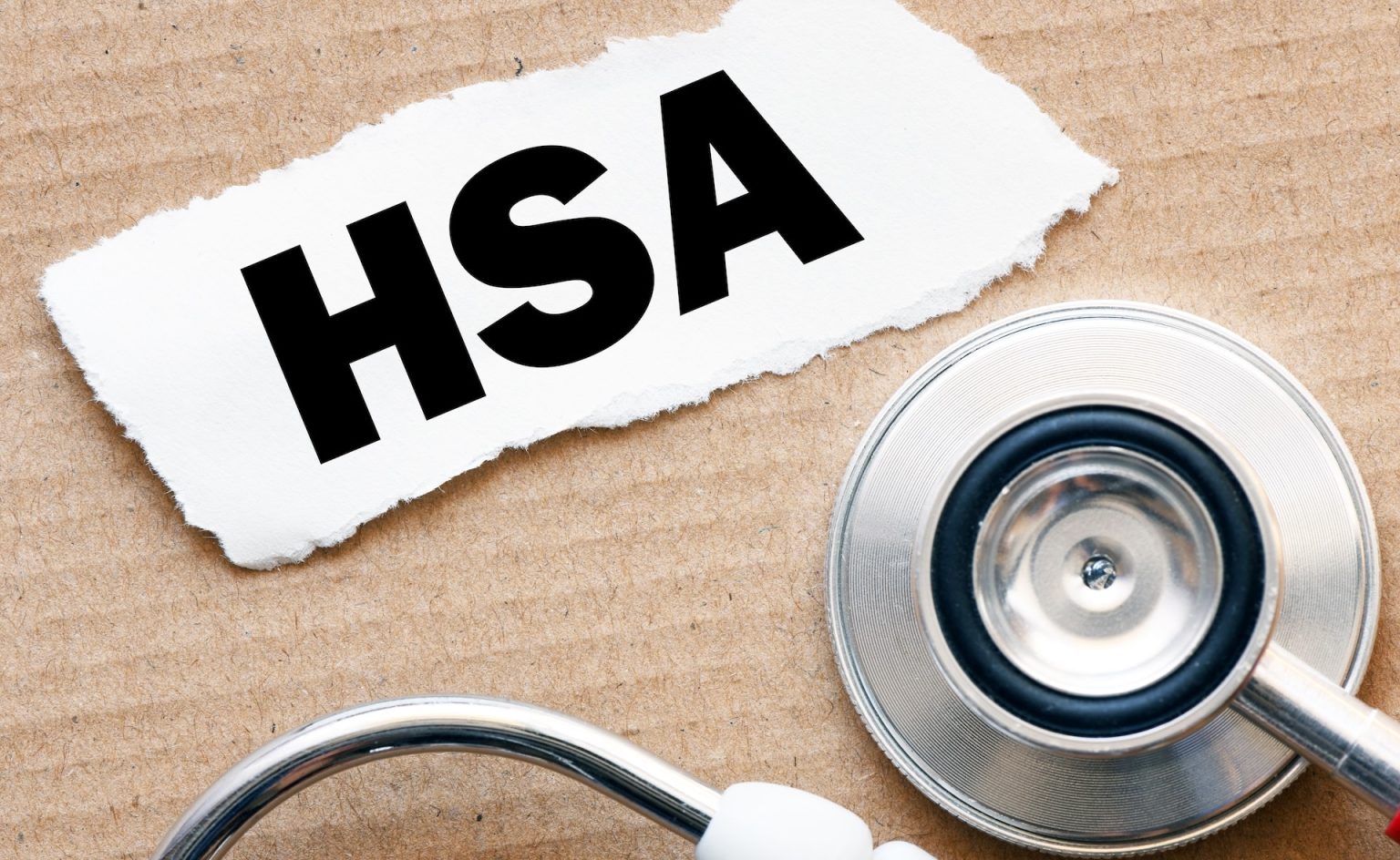Credit Sesame discusses the rise in HSA popularity for Americans of all ages.
A new study found that there are over 37 million Health Savings Accounts (HSAs) covering 61 million Americans. As of the end of last year, these accounts totaled over $123 billion. Notably, they are in widespread use across generations, from young adults to retirees.
Why have HSAs become so popular? One reason is that Americans love tax breaks, and HSAs have tax characteristics that are even better than IRAs and 401(k) plans. Beyond that, HSA versatility makes them useful across a range of age groups in a variety of ways.
What is a Health Savings Account?
HSAs are accounts designed to be used in conjunction with High-Deductible Health Plans (HDHPs). HDHPs are health insurance plans that offer lower premiums in exchange for higher deductibles. That means you pay less to have the plan month to month, but you are likely to pay more out-of-pocket when you have a medical expense.
HSAs are a way to accumulate tax-exempt savings, which can be used to pay medical expenses. They are designed to work in conjunction with HDHPs because of the higher out-of-pocket expenses those plans can expose people to. Money in an HSA can also go towards uncovered medical expenses.
Individuals can make tax-deductible contributions to these plans each year up to certain limits. For 2024, the limits are $4,150 for people with individual health insurance plans and $8,300 for those with family coverage.
The tax benefits go beyond deductible contributions. Earnings on investments within the plans are exempt from taxation. Money can be withdrawn from the plans at any time without being subject to taxes. The only restriction is that withdrawals have to be used for eligible healthcare expenses. Any money within an HSA that is not used within a given year can remain in the plan. That way, it can build towards future healthcare expenses.
HSAs were first authorized by a 2003 law. A recent study by Devenir Research found that by the end of last year, there were more than 37 million HSAs, covering an estimated 61.4 million people. These plans accumulated over $123 billion in assets.
HSAs are most popular with young adults
The age group that owns the most HSAs is people in their 30s. Thirty-somethings own more than 11 million of the 37 million total HSAs. As of the end of last year, these accounts were worth $22.76 billion.
HSAs are a good fit for young adults. People at that age are usually relatively healthy and have not yet reached their peak earning years. That makes a high-deductible, lower-cost health insurance plan a natural choice for many in this age group.
When someone with an HDHP has a healthcare expense, an HSA can help cover the cost of the higher deductible. Under normal circumstances, though, when those expenses don’t arise, they can put their money toward building savings in an HSA rather than toward paying higher premiums on a more comprehensive health insurance plan.
Older workers have built the most valuable HSAs
While young adults own the most HSAs, people around retirement age have the most money in those accounts. As of the end of 2023, people in their 60s had a total of just over $31 billion in their HSAs. Whereas the average balance across all HSAs is $3,296, people aged 65-69 had the largest average balance of any age group, at $6,483.
Up until age 65, people typically put more money into HSAs each year than they take out. This allows them to use the tax advantages of these accounts to save and invest for the long term. Over time, HSAs can become a good supplement to retirement savings.
People hang on to their HSAs well into retirement
While people typically start to draw down their HSA balances after age 65, many continue to hold onto the accounts well into retirement. These can help them meet healthcare expenses, which typically become a bigger share of spending in retirement.
According to consumer expenditure figures from the Bureau of Labor Statistics, 8% of spending for the average American goes to healthcare. However, for people over 65, that jumps to 13%.
For people who’ve built up an HSA balance throughout their career, gradually drawing down that balance in retirement can help them meet those higher healthcare expenses. Those expenses are why HSAs can be viewed as a long-term retirement saving tool in addition to a means of meeting short-term out-of-pocket costs.
The tax-free nature and flexibility of HSAs are attractive to all age groups, which helps explain their widespread popularity, as evident in the recent Devenir report.
If you enjoyed HSA popularity for young and old Americansy you may like,
Disclaimer: The article and information provided here are for informational purposes only and are not intended as a substitute for professional advice.
Read the full article here




